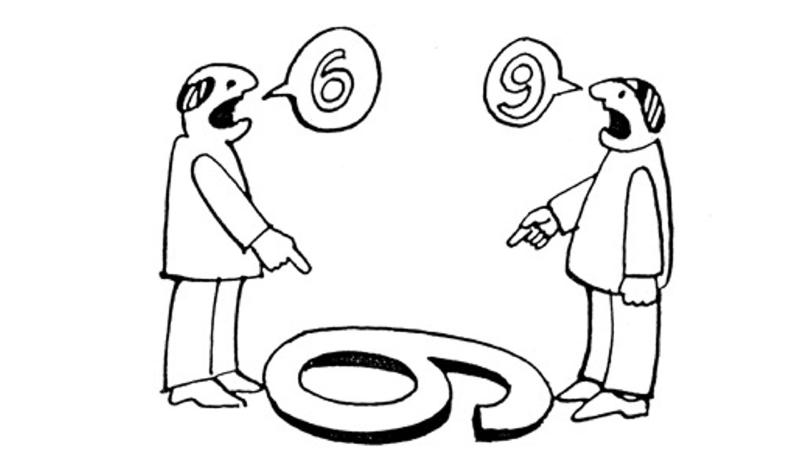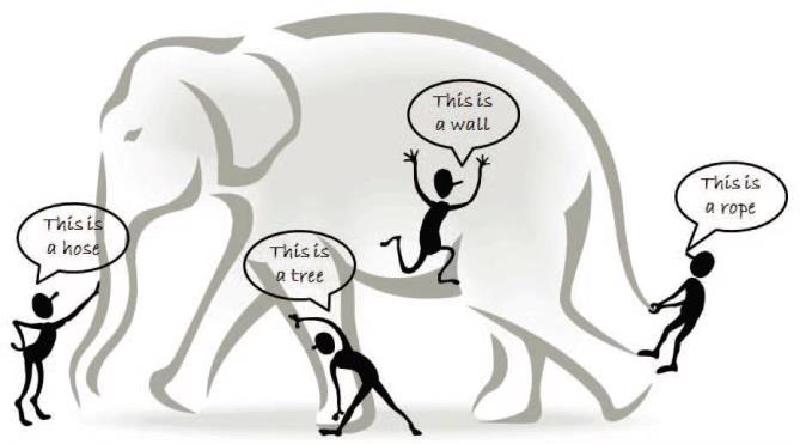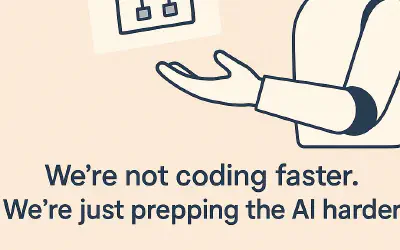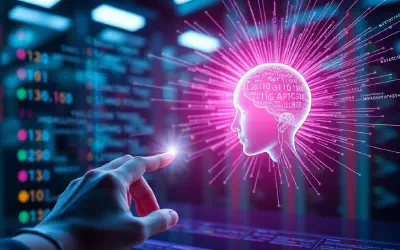The Real Bottleneck Isn’t Code
If you're not building the same thing in your minds, you'll spend even more time fixing what shouldn't have broken.
You know the feeling.
You build something. It technically works. But somehow, it’s not quite what the PM imagined. Or what the user actually needed. Or what another dev thought they were integrating with.
That gap? It’s not about poor coding skills.
It’s about missing shared understanding.

Shared understanding means the whole team holds the same mental model of what we’re building, why , and how it should work.
Not just reading the same doc.
Not just nodding in the same meeting.
But seeing the same picture in our heads.
When that doesn’t happen, bugs creep in. Timelines slip. People rewrite what didn’t need rewriting. And worse… we build the wrong thing, fast.

This has always been the bottleneck.
Not typing speed. Not lines of code.
Not even AI’s ability to generate a “working” function.
Let’s not confuse speed with clarity.
LLMs can accelerate your hands. But only humans can align your minds.
The truth is, every standup, retro, or planning meeting was always a ritual to
raise shared understanding.
That’s the real productivity multiplier.
Call it team resonance — when everyone’s wavelength aligns.
The enemy? Resonance drift — when people slowly slide out of sync, even
while shipping fast.
Code faster if you want.
But if you’re not building the same thing in your minds, you’ll spend even
more time fixing what shouldn’t have broken.
Key Takeaways:
- AI makes code generation cheap
- But coordination errors are still expensive
- The real leverage is in shared understanding — or what I now call team resonance



